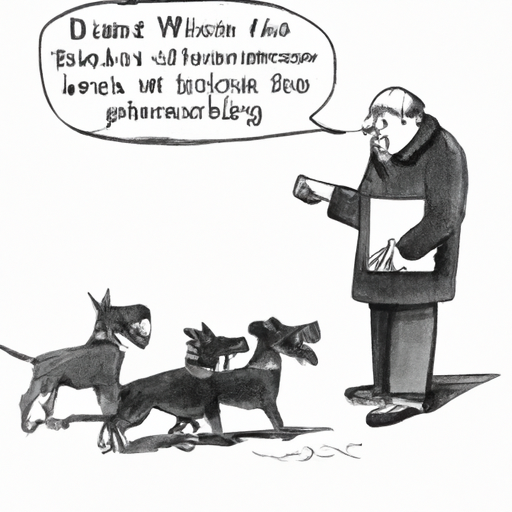As a caregiver, your primary concern is often the safety and wellbeing of those in your care. This can mean preparing for a variety of situations, even those as unexpected as a dog attack. Here’s what to do if you find yourself in this unpleasant situation.
Understanding the Behavior of Dogs
Dogs, like any other animal, communicate primarily through their body language. Understanding the subtle signs can help you avoid a potential attack.
- A wagging tail doesn’t always mean a friendly dog. Look at the rest of their body. Are their ears back? Are they growling lowly? These may be signs of aggression.
- A dog that is scared or anxious can also become aggressive. Look for signs of fear, such as a lowered tail or a cowering posture.
Steps to Take When a Dog Attacks
- Stay Calm: Your natural instinct might be to panic, but this can escalate the situation. Dogs react to energy and panic can be seen as a threat.
- Don’t Run: This may trigger the dog’s chase instinct. Instead, back away slowly and avoid direct eye contact.
- Protect Yourself: Use any objects you have, like a jacket or bag, to create a barrier between you and the dog.
- Command Firmly: Loud, firm commands like “No” or “Back” can sometimes stop an attack.
Preventive Measures to Avoid Dog Attacks
Prevention is always better than cure. Here are some measures that can help prevent dog attacks:
| Measure | Description |
|---|---|
| Training | Train your dog properly, ensuring they are socialized from a young age. |
| Leash Laws | Always adhere to leash laws and regulations in your area. |
| Never Approach an Unknown Dog | Never approach an unknown dog without the owner’s permission. |
What to do After a Dog Attack
If a dog attack does occur, there are steps you can take to ensure the best possible outcome for everyone involved.
- Seek Medical Attention: Even minor bites can lead to infection. Always seek medical attention immediately.
- Report the Incident: Report the attack to your local animal control agency, providing as much detail as possible.
FAQ
Why do dogs attack?
Dogs can become aggressive for many reasons, including fear, protection, or poor socialization.
What if the dog attack is unprovoked?
Unprovoked attacks are rare, but if they occur, it’s important to report it to local authorities.
How can I help my child understand how to avoid a dog attack?
Teaching children about dog body language and to ask permission before touching a dog can help prevent attacks.
Remember, the key to preventing dog attacks lies in understanding their behavior and taking appropriate preventive measures. And in the unfortunate event of an attack, staying calm and knowing what to do can make all the difference.



